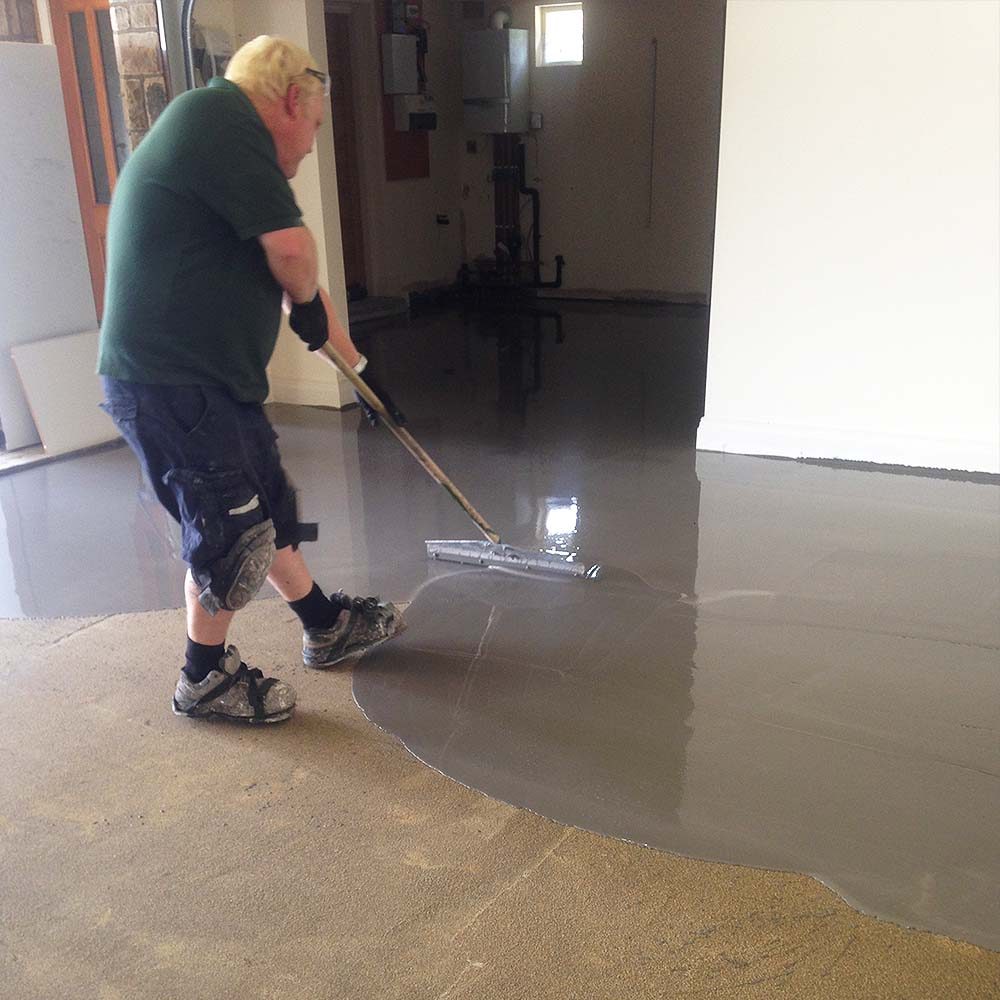How to Screed a Floor Using Sand Cement Screed

Industry Standards for Applying Screeds
British Standards Institution, BS 8204: Screeds, bases and in-situ floorings
- Part 1: Concrete bases and cement sand levelling screeds to receive floorings
- Code of practice. BSI, 2003.
British Standards Institution, BS 8204: Screeds, bases and in-situ floorings
- Part 2: Concrete wearing surfaces
- Code of practice, BSI, 2003
British Standards Institution, BS 8204: Screeds, bases and in-situ floorings
- Part 7: Pumpable self-smoothing screeds
- Code of practice, BSI, 2003
British Standards Institution, BS 8203:
- Code of practice for Installation of resilient floor coverings, BSI, 2001
M J. Gatfield, Report 184:
- Screeds, floorings & finishes – selection, construction & maintenance, CIRIA 1998
Mortar Industry Association:
- Data Sheet 22: Screeds
British Standards Institution, BS 8204: Screeds, bases and in-situ floorings
- Part 1: Concrete bases and cement sand levelling screeds to receive floorings
- Code of practice. BSI, 2003.
British Standards Institution, BS 8204: Screeds, bases and in-situ floorings
- Part 2: Concrete wearing surfaces
- Code of practice, BSI, 2003
British Standards Institution, BS 8204: Screeds, bases and in-situ floorings
- Part 7: Pumpable self-smoothing screeds
- Code of practice, BSI, 2003
British Standards Institution, BS 8203:
- Code of practice for Installation of resilient floor coverings, BSI, 2001
M J. Gatfield, Report 184:
- Screeds, floorings & finishes – selection, construction & maintenance, CIRIA 1998
Mortar Industry Association:
- Data Sheet 22: Screeds





